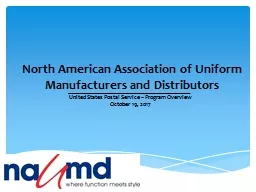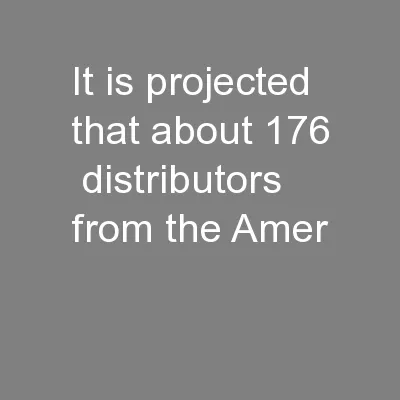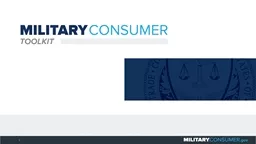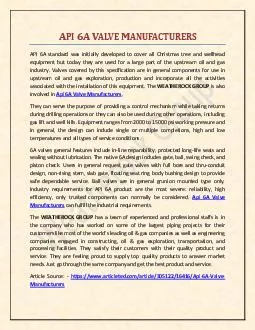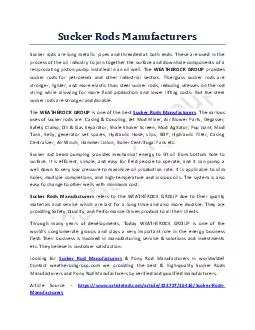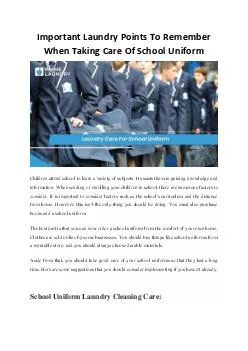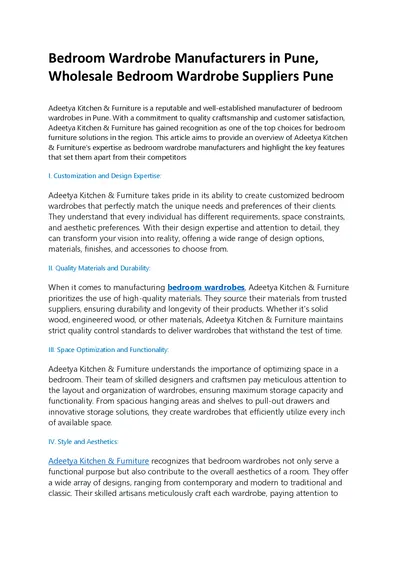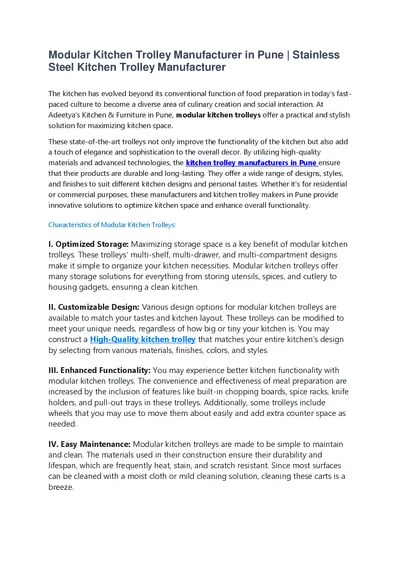PPT-North American Association of Uniform Manufacturers and Distributors
Author : briana-ranney | Published Date : 2020-01-06
North American Association of Uniform Manufacturers and Distributors United States Postal Service Program Overview October 19 2017 Introduction Meeting Mission
Presentation Embed Code
Download Presentation
Download Presentation The PPT/PDF document "North American Association of Uniform Ma..." is the property of its rightful owner. Permission is granted to download and print the materials on this website for personal, non-commercial use only, and to display it on your personal computer provided you do not modify the materials and that you retain all copyright notices contained in the materials. By downloading content from our website, you accept the terms of this agreement.
North American Association of Uniform Manufacturers and Distributors: Transcript
Download Rules Of Document
"North American Association of Uniform Manufacturers and Distributors"The content belongs to its owner. You may download and print it for personal use, without modification, and keep all copyright notices. By downloading, you agree to these terms.
Related Documents

